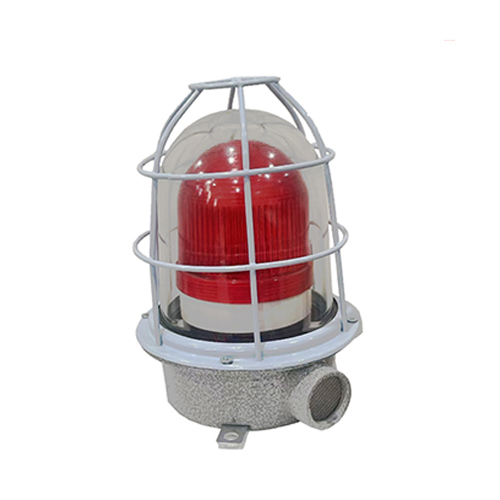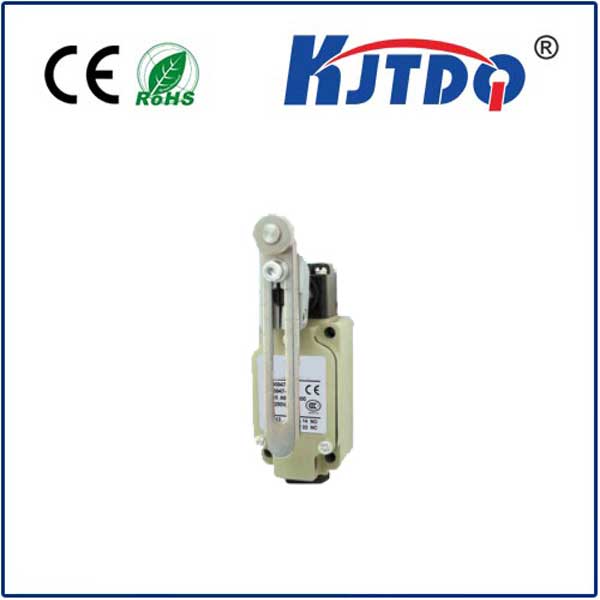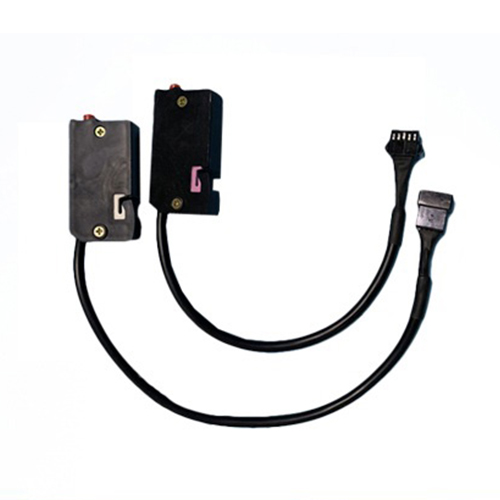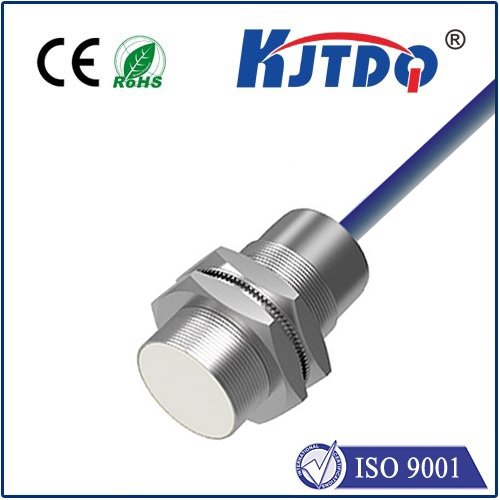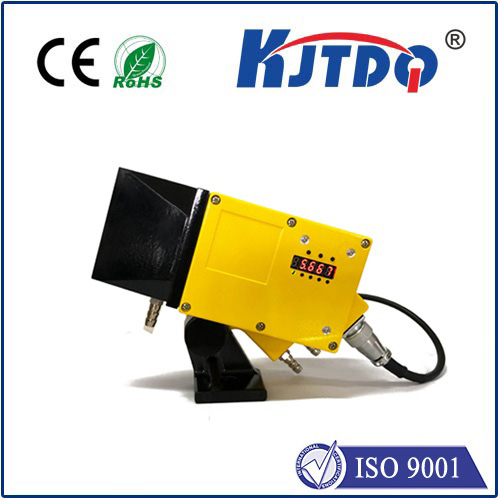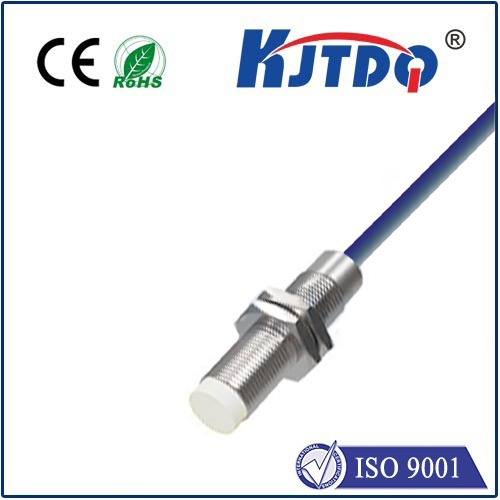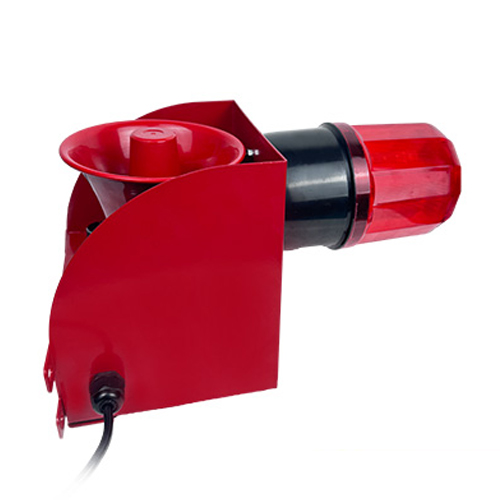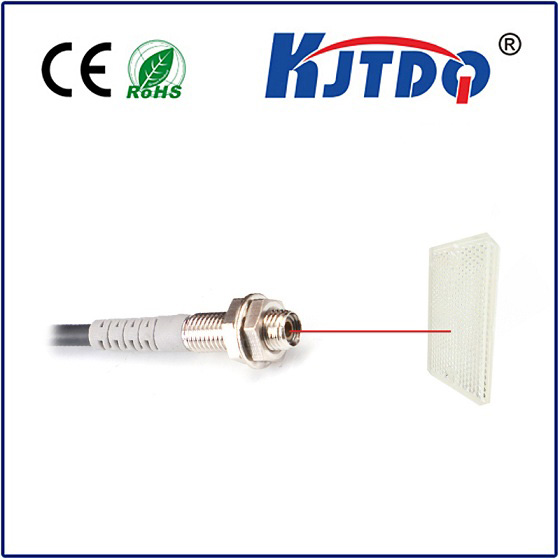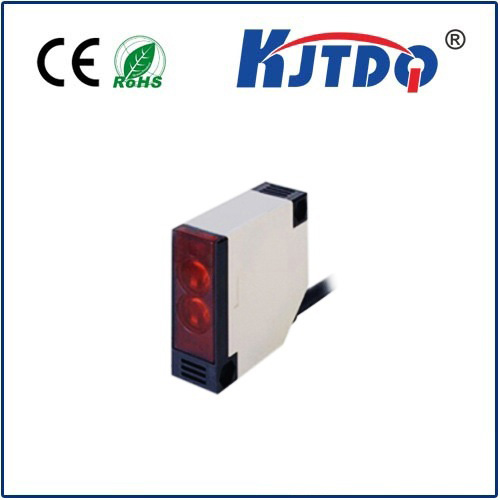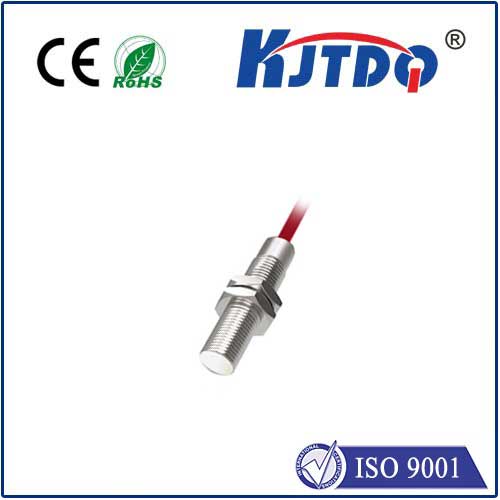

check

check

check

check
Unlocking Industrial Safety: The Power of BES023P High Pressure Proximity Sensors
Imagine stepping into a high-stakes factory where massive machinery hums under intense pressure – a single faulty reading could spell disaster. In such environments, safety isn’t just a priority; it’s the lifeline that keeps operations running smoothly. This is where the BES023P high pressure proximity sensor steps in, revolutionizing how industries detect objects without physical contact in the most demanding conditions. As automation accelerates, the need for reliable, high-performance sensors has never been more critical. This article delves into why the BES023P stands out as a beacon of innovation, ensuring seamless and secure processes in sectors from oil and gas to manufacturing.

First, let’s demystify what proximity sensors do. At their core, these devices detect the presence or absence of objects nearby using magnetic, inductive, or capacitive fields – no touch required. They’re the unsung heroes in automated systems, enabling precise control in scenarios like conveyor belts or robotic arms. However, traditional sensors often falter under high pressure, where extreme forces can cause malfunctions or catastrophic failures. That’s why specialized variants like the high pressure proximity sensor are engineered to thrive in such harsh realities, offering unparalleled resilience.
The BES023P high pressure proximity sensor shines in this arena, designed specifically to withstand pressures that would cripple standard units. With an IP68 waterproof rating and robust stainless-steel housing, it operates flawlessly in environments reaching pressures of up to 500 bar – think hydraulic systems or deep-sea drilling rigs. Key features include its non-contact inductive sensing technology, which eliminates wear and tear, ensuring longevity and reducing maintenance downtimes. Plus, its high-frequency response allows for millisecond detection speeds, making it ideal for applications demanding split-second accuracy. What sets the BES023P apart is its adaptive calibration; it can be fine-tuned on-site to handle variable conditions, such as sudden pressure spikes in chemical processing plants, without losing precision.
In industrial applications, the BES023P proximity sensor proves indispensable across diverse fields. For instance, in oil and gas extraction, where pipelines endure crushing pressures, this sensor detects valve movements or leaks with unwavering reliability, preventing costly spills and enhancing worker safety. Similarly, in automotive manufacturing, it streamlines assembly lines by sensing component placements under high-pressure hydraulics, boosting efficiency by up to 25% according to case studies. Food and beverage industries benefit too, as the sensor’s hygienic design operates in pressurized sterilization units, ensuring contamination-free production. By integrating the BES023P, companies have reported fewer unplanned shutdowns and improved regulatory compliance, highlighting its role as a cornerstone of modern industrial automation.
The advantages of deploying the BES023P high pressure proximity sensor extend beyond basic functionality. One major benefit is its energy efficiency; by consuming minimal power while maintaining high output stability, it slashes operational costs in energy-intensive setups. Durability is another forte – tested against extreme temperatures (-40°C to +125°C) and corrosive substances, this sensor outlasts compes, offering a lifespan exceeding five years even in brutal conditions. Moreover, it enhances safety protocols by providing real-time data for predictive maintenance, alerting teams to potential issues before they escalate into hazards. Compared to older sensors, the BES023P’s compact size and easy installation reduce integration hassles, making it a cost-effective upgrade for existing systems. In a world where downtime can cost millions, this sensor delivers peace of mind through consistent performance, embodying the future of intelligent sensing.
As industries evolve, the demand for smarter, resilient technology like the BES023P will only grow. From reducing accidents in mining operations to optimizing renewable energy plants, its versatility underscores why proximity sensors are pivotal in pushing the boundaries of automation. Embracing such innovations isn’t just about upgrading equipment; it’s about building a safer, more efficient world where pressure is no longer a barrier but a challenge to overcome. (Word count: 856)
